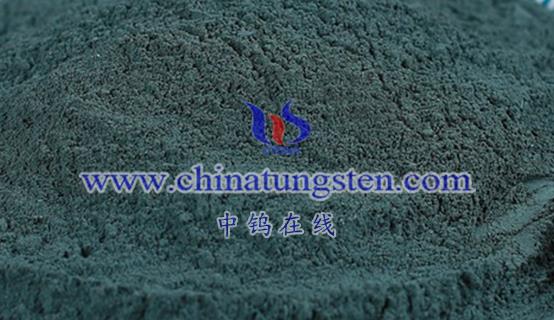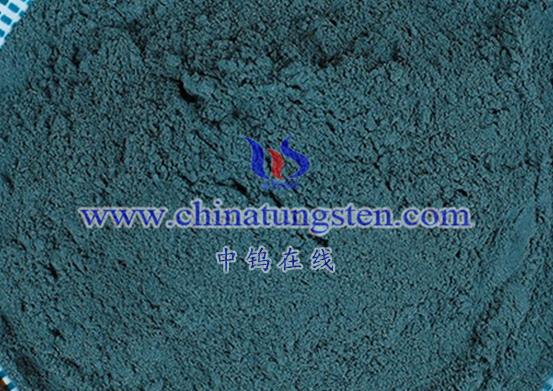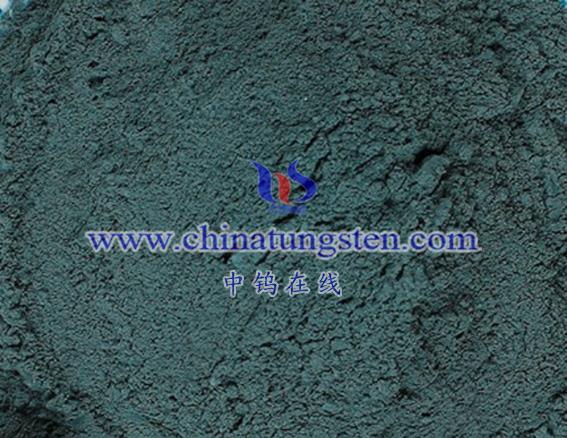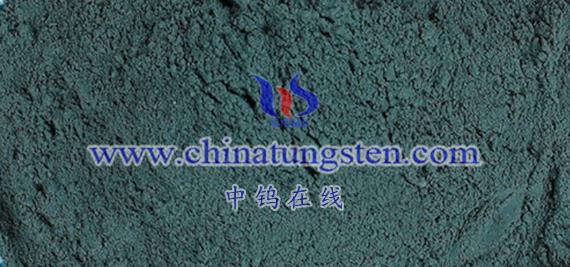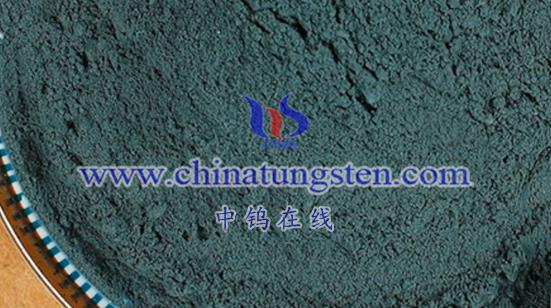
The main chemical reactions occurring in WO3 thin films during electrochromic processes can be explained based on the valence state transition theory. This theory describes the specific mechanism of color change in WO3 thin films under the influence of an external electric field. Below is a detailed explanation of the chemical reaction process:
Electrochromic Reaction Process of WO3 Thin Films
Injection of Electrons and Cations
When an external electric field is applied to the WO3 thin film, electrons (e-) and metal cations (M+, such as H+, Li+, Na+, Ag+, etc.) are simultaneously injected into the WO3 from both sides of the film.
Electrons are captured by W atoms, forming localized electronic states.
Metal cations reside in the area, combining with WO3 to form deep blue tungsten bronze compounds (MxWO3).
Formation of Tungsten Bronze Compounds
The injected electrons and cations react with WO3 to generate tungsten bronze compounds (MxWO3) with W ions in different valence states.
In MxWO3, W atoms exhibit different valences, leading to a coexistence of W5+ and W6+ valence states.
Electron Transition Causes Color Change
The transition of electrons between adjacent W atoms with different valence states causes the color change in the WO3 thin film.
The original WO3 thin film may appear slightly blue or colorless. As the reaction proceeds, the film’s color gradually deepens, eventually becoming blue-black.
Electrochemical Reaction Equation
The electrochemical reaction equation for this process can be expressed as:
WO3+xM++xe−→MxWO3WO3 + xM^+ + xe^- rightarrow M_xWO3WO3+xM++xe−→MxWO3
where M represents the injected metal cation, and x represents the number of injected ions and electrons, with 0<x<10 < x < 10<x<1.
Fading Process
When the external electric field is reversed or removed, the injected electrons and cations are extracted from MxWO3, causing the film’s color to gradually return to its original state (though it may be slightly darker). The reaction equation for the fading process is the reverse of the coloring process.
In the electrochromic process of WO3 thin films, the injection and extraction of electrons and cations facilitate a reversible color change from colorless (or slightly blue) to deep blue (or blue-black). This process is based on Faughnan’s valence state transition theory and is closely related to the semiconductor characteristics of WO3 and changes in its internal electronic structure. This electrochromic effect makes WO3 thin films widely applicable in areas such as smart windows, architectural glass, and automotive rearview mirrors.
More details of tungsten oxide product, please visit website: tungsten-oxide.com
Please contact CHINATUNGSTEN for inquiry and order of tungsten oxide:
Email: sales@chinatungsten.com
Tel.: 86 592 5129595
